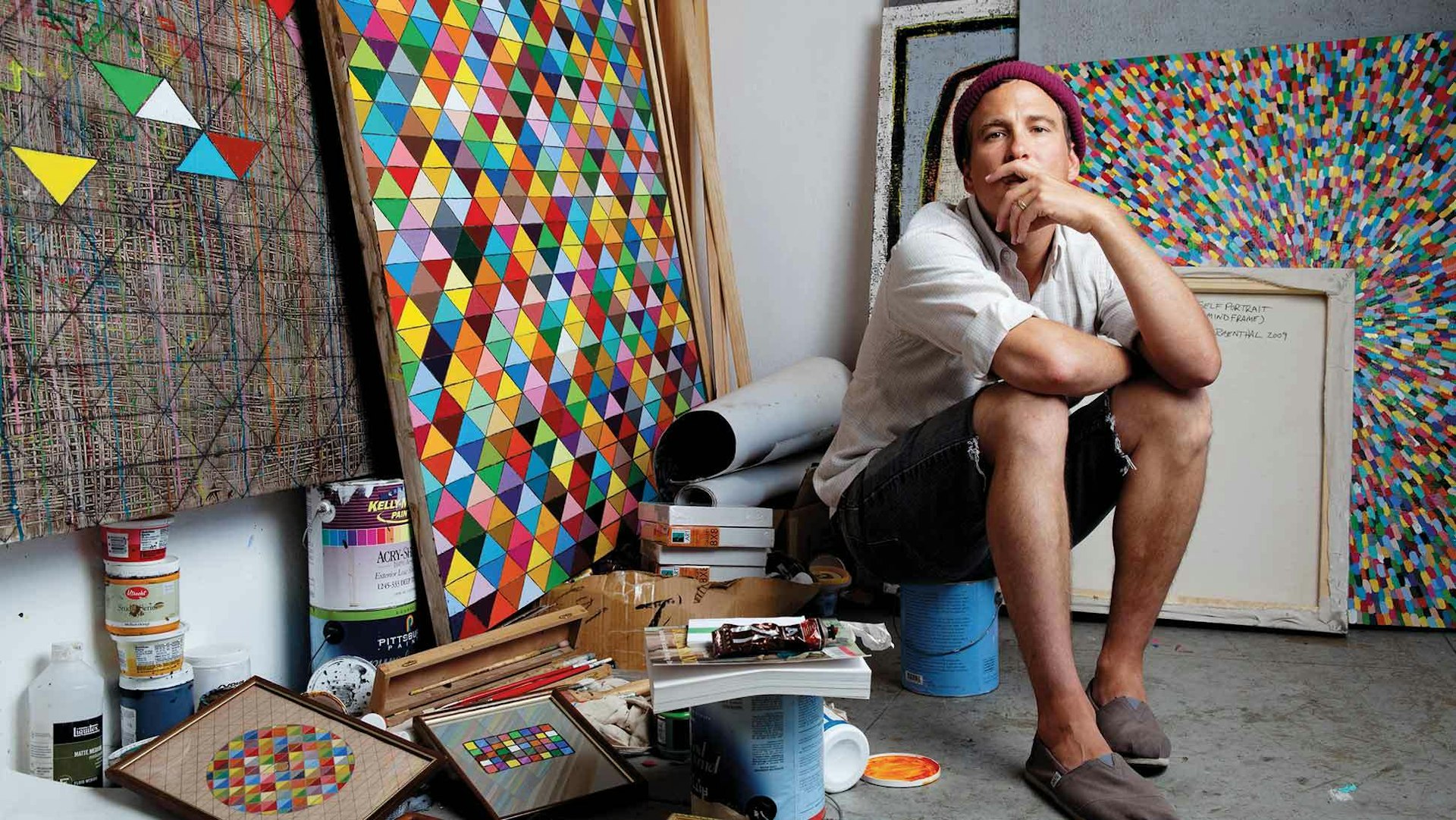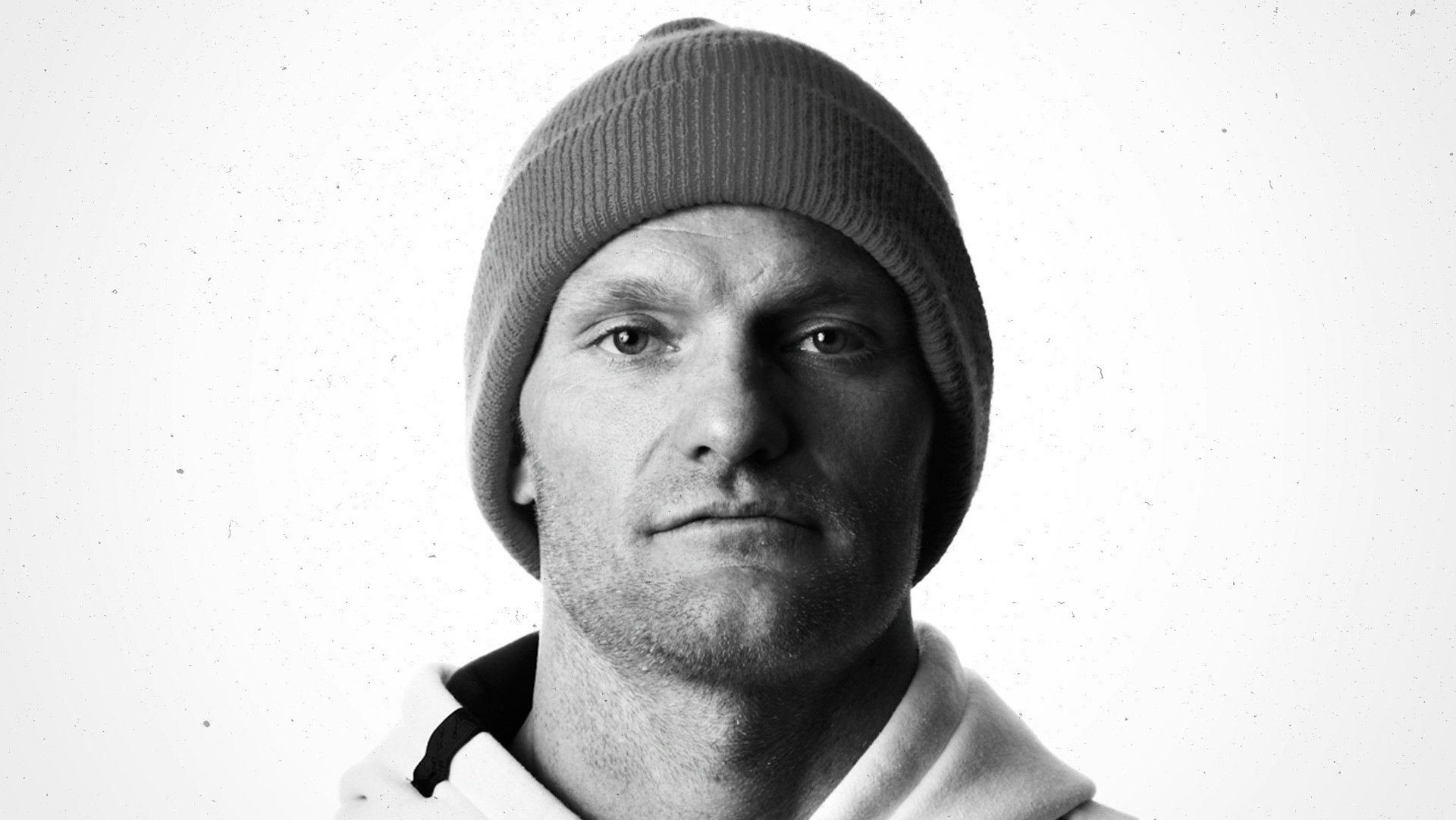
Blaise Rosenthal
- Text by Ed Andrews
- Photography by Chad Riley
“I’m not a populist and I never have been,” says pro-snowboarder-turned-fine-artist Blaise Rosenthal. “There are certain things you know everyone will like, like a rodeo flip in snowboarding – everyone can understand that. But not everyone can understand a switch backside 180. Maybe there’s some prickish aspect of my character that enjoys the withholding of a switch backside 180. I know it’s hard and four other kids watching know it’s hard but most of the people drinking Mountain Dew and watching the X Games don’t give a shit about it. The same thing is true in my art.”
Despite the analogy, and his role as creative director at Artec Snowboards, Blaise sees his art and snowboarding as totally separate threads. “I thoroughly enjoyed being a professional snowboarder. But there was always a part of me that felt like I don’t want this to be the only thing I do in my life,” says Blaise. “If snowboarding has had an influence on my art, perhaps it’s that abstract human experience that riding helps you access that I try to represent in a painting.”
If anything, Blaise’s minimalist aesthetic bares the fingerprints of artists like Sergej Jensen and Kirk Stoller. “I’m a participant in those activities, but I don’t think [my art] is related to anything culturally specific to action sports. It’s more personal and informed by fine art – the things that I see when I travel and visit museums. Just like fans may watch skating and snowboarding videos, I consume art in the same way. I like to look at it and learn about it.”
Despite being set to take part in the Looking Sideways exhibitionat the Vans Wängl Tängl snowboard festival in Mayrhofen, Austria – “the first snowboarding related art event” he’s ever done – Blaise is keen to dodge the ‘snowboarder-turned-artist’ tag. “If you’re making art only for snowboarders, you’ll see cartoonish images like a gorilla holding a machine gun riding a fancy motorcycle,” he says about the genre’s hackneyed form. “You can appeal to people not through the art piece but the depiction of other subjects they find interesting – like you can take a painting of a sunset and people will like it not because they like the painting but they like seeing sunsets. In an object of my work, [I] take out all that initial accessibility so anyone who still likes my painting is probably looking to see a painting.”
Indeed, to Blaise, it’s all about understated simplicity. “To me, it’s more interesting if you can say nothing and still get people’s attention,” he explains. “Maybe that’s what my paintings have become about – more and more about nothing. In that sense, they exist more autonomously and are not just simply pictures. They are objects.”
